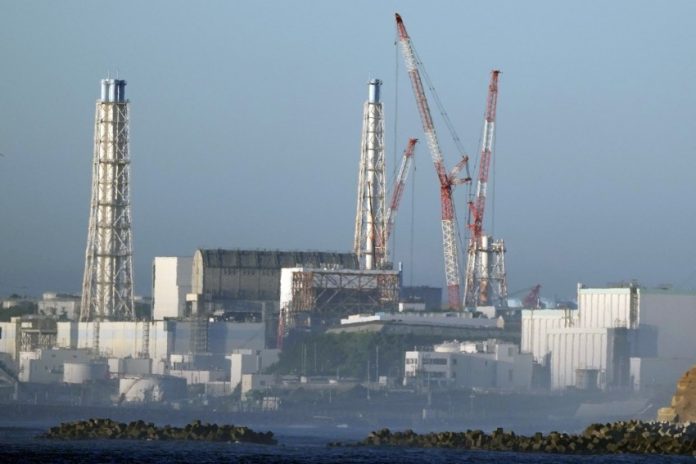A small drone flew inside one of the damaged reactors at the wrecked Fukushima Daiichi nuclear power plant on Wednesday to examine some of the molten fuel debris in locations that previous robots failed to reach, ABC News reported.
Tokyo Electric Power Company Holdings (TEPCO) also began discharging the fourth batch of treated and diluted radioactive wastewater from the power plant into the sea on Wednesday. The government and TEPCO, the plant’s operator, claim the water is safe, with the process monitored by the International Atomic Energy Agency. However, the releases have faced strong opposition from fishing groups and a Chinese ban on Japanese seafood.
A magnitude 9.0 earthquake and tsunami in March 2011 destroyed the plant’s power and cooling systems, causing three reactors to melt down. The government and TEPCO are planning to remove the huge amount of deadly radioactive molten nuclear fuel that remains inside each reactor.
Decommissioning has been delayed for years and is mired in technical hurdles and a lack of data. To help fill in that data, a fleet of four drones was configured to fly one at a time into the primary containment of the hardest-hit No. 1 reactor’s primary containment vessel.
TEPCO sent several vehicles, including a crawling robot and an underwater device, inside each of the three reactors. However, they have been hampered by debris, high radiation and the inability to guide the vehicles through the rubble, although they have managed to collect some data in recent years.
In 2015, the first robot that went inside the reactor got stuck on the grid. The mission yielded some useful information, but the crawling robot had to be abandoned.
Unlike such a robot, drones each weighing only 185 grams (6.5 ounces) are very manoeuvrable with blades that raise almost no dust, making them a popular model for factory safety inspections. Partly due to battery lifetime, exploration of the drones inside the reactor is limited to a 5-minute flight each.
TEPCO officials stated that they planned to use the new data to develop future probe technology as well as a process for removing molten fuel from the reactor in the coming years. The data will also be used in the investigation into how exactly the 2011 meltdown occurred.
The two drones first had to survey the area around the vessel’s main structural support, called the pedestal, before deciding whether the other two could be sent inside, to an area inaccessible to previous probes.
The pedestal is located directly underneath the reactor core. Officials hope to film the core bottom to find out how superheated fuel dripped there in 2011.
About 880 tonnes of highly radioactive molten nuclear fuel remains inside the three damaged reactors. Critics argue that the 30-40 year clean-up plan for Fukushima Daiichi set by the government and TEPCO is overly optimistic.
TEPCO’s goal is to remove a small amount of molten debris from the least damaged No. 2 reactor using a giant robotic arm as a test case by the end of March.
However, the company was forced to postpone it due to difficulties in removing deposits blocking the entrance. The one-month delay is in addition to an almost two-year delay, emphasising the complexity and uncertainty of the decommissioning process.
